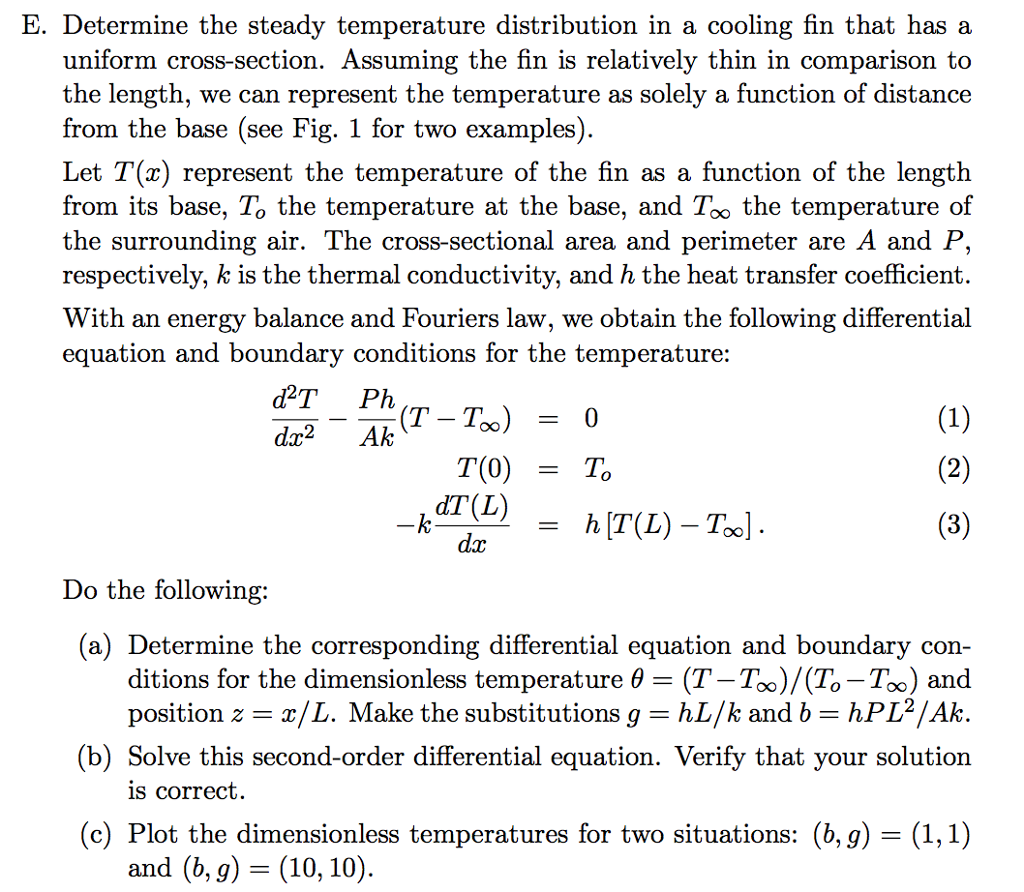Answered step by step
Verified Expert Solution
Question
1 Approved Answer
You can use Matlab for the lower-level mechanics, such as inverting and manipulating matrices, performing differentiation (for checking so- lutions) and integrations, and for determining
You can use Matlab for the lower-level mechanics, such as inverting and manipulating matrices, performing differentiation (for checking so- lutions) and integrations, and for determining eigenvalues. Dont use Matlab to determine eigenvectors or directly solve ODEs. Do explain how each problem is worked, what you have actually done in Matlab, and provide a copy of any program (script) used.

 Please help me out with the problem (c) only using Matlab.
Please help me out with the problem (c) only using Matlab.
Step by Step Solution
There are 3 Steps involved in it
Step: 1

Get Instant Access to Expert-Tailored Solutions
See step-by-step solutions with expert insights and AI powered tools for academic success
Step: 2

Step: 3

Ace Your Homework with AI
Get the answers you need in no time with our AI-driven, step-by-step assistance
Get Started


